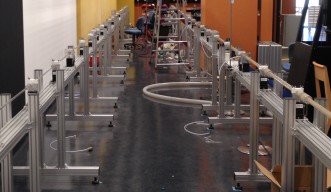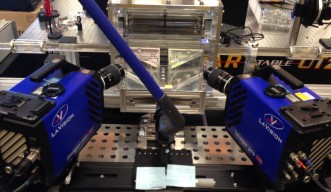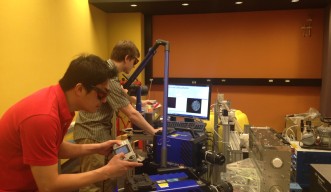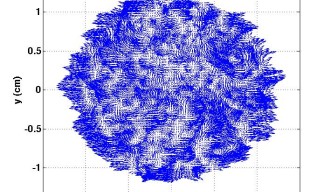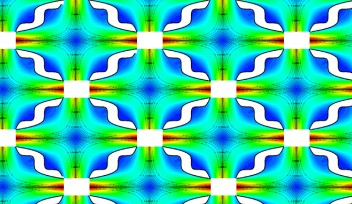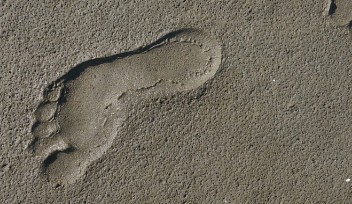In the Flow: Studying Turbulence
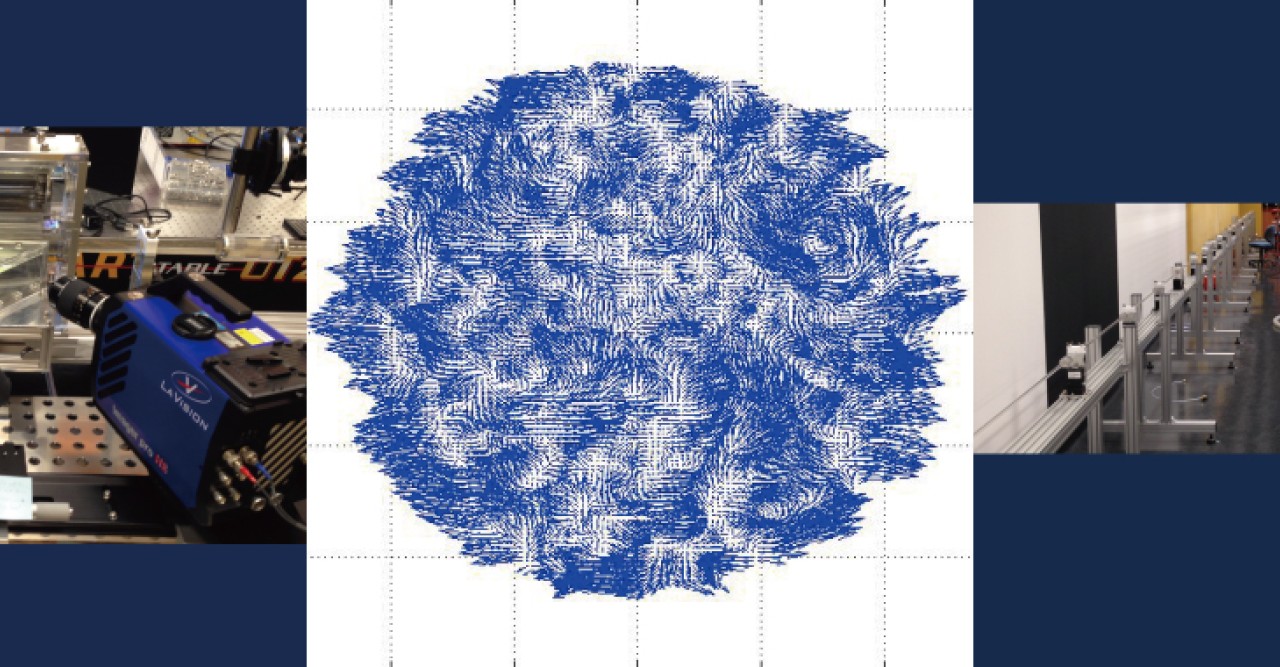
The OIST Pipe Flow Experiment is poised to bridge a long-standing gap between physics and engineering. The experimental facility is being set up by Professor Pinaki Chakraborty’s Fluid Mechanics Unit and Professor Gustavo Gioia’s Continuum Physics Unit. Both researchers have an interest in turbulent flows, which are found in oil pipelines, rivers, volcanic plumes and typhoons. Understanding turbulence helps decrease friction in oil pipelines, effecting gas prices, and can lead to better storm predictions, potentially saving lives during typhoons. Despite these diverse applications, scientists and engineers have traditionally approached the study of turbulence from different angles, and the OIST Pipe Flow Experiment is designed to bring these approaches together.
Turbulence is a form of chaotic motion. Professor Chakraborty explains, “In a turbulent flow, the velocity does not remain steady; rather, it varies from time to time, it fluctuates.” Physicists and mathematicians have been characterizing the statistics of the fluctuations in turbulent flows. At the same time, engineers have been mostly interested in the friction that develops between a turbulent flow and the wall that contains it. This friction is relevant to many real-world applications. It sets the cost of pumping oil through a pipeline, for example. Amazingly, these two worlds have not been combined. As a result, engineers designing new systems have to rely mostly on experimental data, and the findings of mathematicians and physicists have had little impact on real world applications.
Professors Chakraborty and Gioia are combining these two fields, looking at both Science and Technology, two components of OIST’s mission, to help make strides in both fields. They have found a theoretical “missing link” between the engineers’ turbulent friction and the physicists and mathematicians’ statistics of the turbulent fluctuations. They have already successfully tested their theories in 2 dimensional flows, using soap films. Now they are getting ready to work in 3 dimensional flows.
To that end, they have built a customized pipe system with very sensitive detection and measuring capabilities. Turbulence is studied using laser sheets and high speed, high-resolution cameras. The technique used is one in which a close collaborator in the OIST Pipe Flow Experiment, Professor Jun Sakakibara of Meiji University, is a world-renowned expert. The researchers place glass particles in the fluids that can be closely tracked by the cameras. The particles scatter the light as they pass through the laser sheets and the very precise cameras follow the movements.
“Our immediate aim is to bridge the gap between practical engineering and theoretical mathematics and physics in regards to turbulent flows,” says Prof. Gioia. Prof. Chakraborty adds, “Ultimately, we hope that our experiments and theories will lead to new discoveries regarding geological flows, like typhoons and volcanic flows.” These studies may be particularly relevant to Okinawa, as it is about to enter the time of year where strong typhoons are common. By incorporating Science and Technology, the Pipe Flow Experiments may provide exciting insights into turbulence that have eluded scientists and engineers for many decades.
By: Kathleen Estes
Specialties
Research Units
For press enquiries:
Press Inquiry Form










